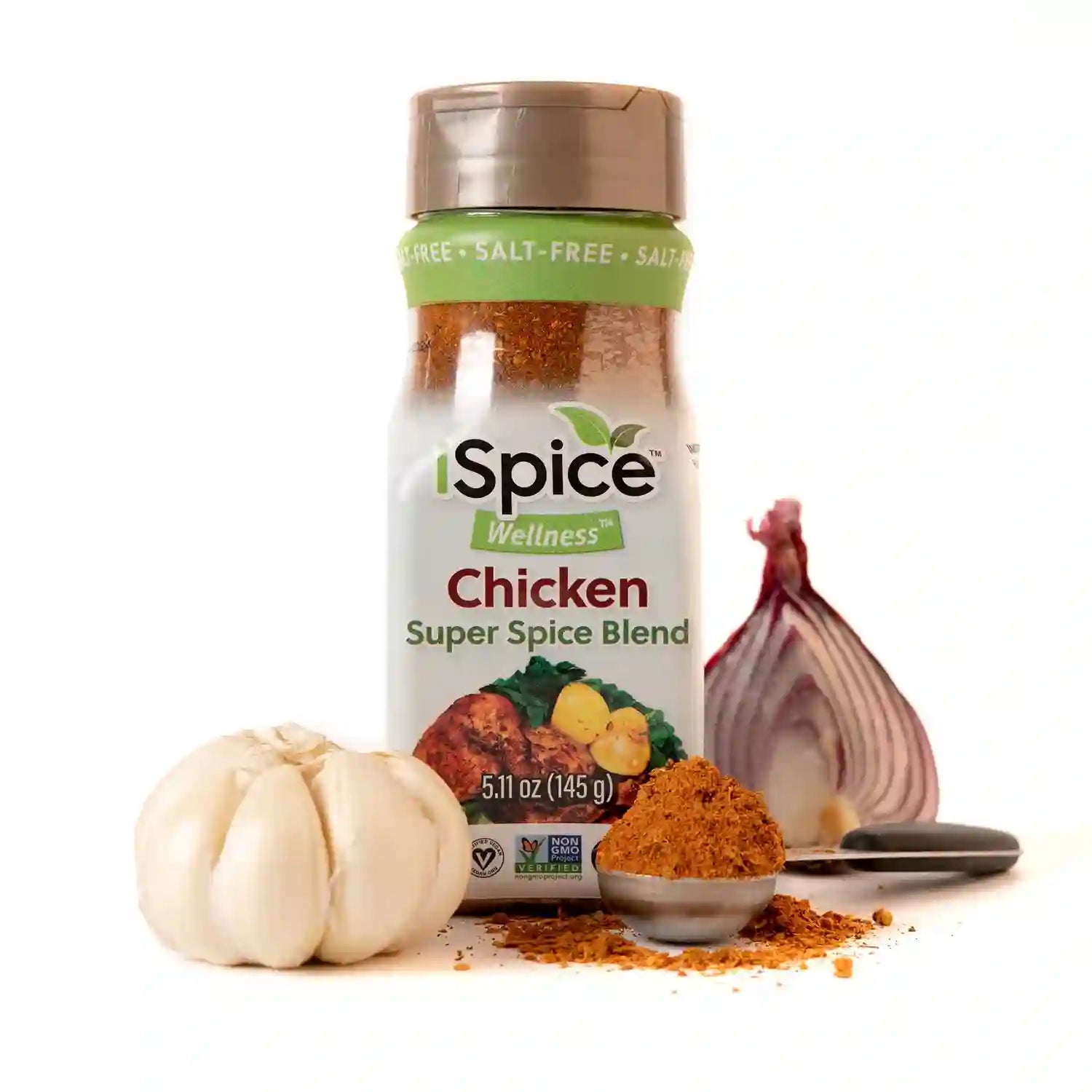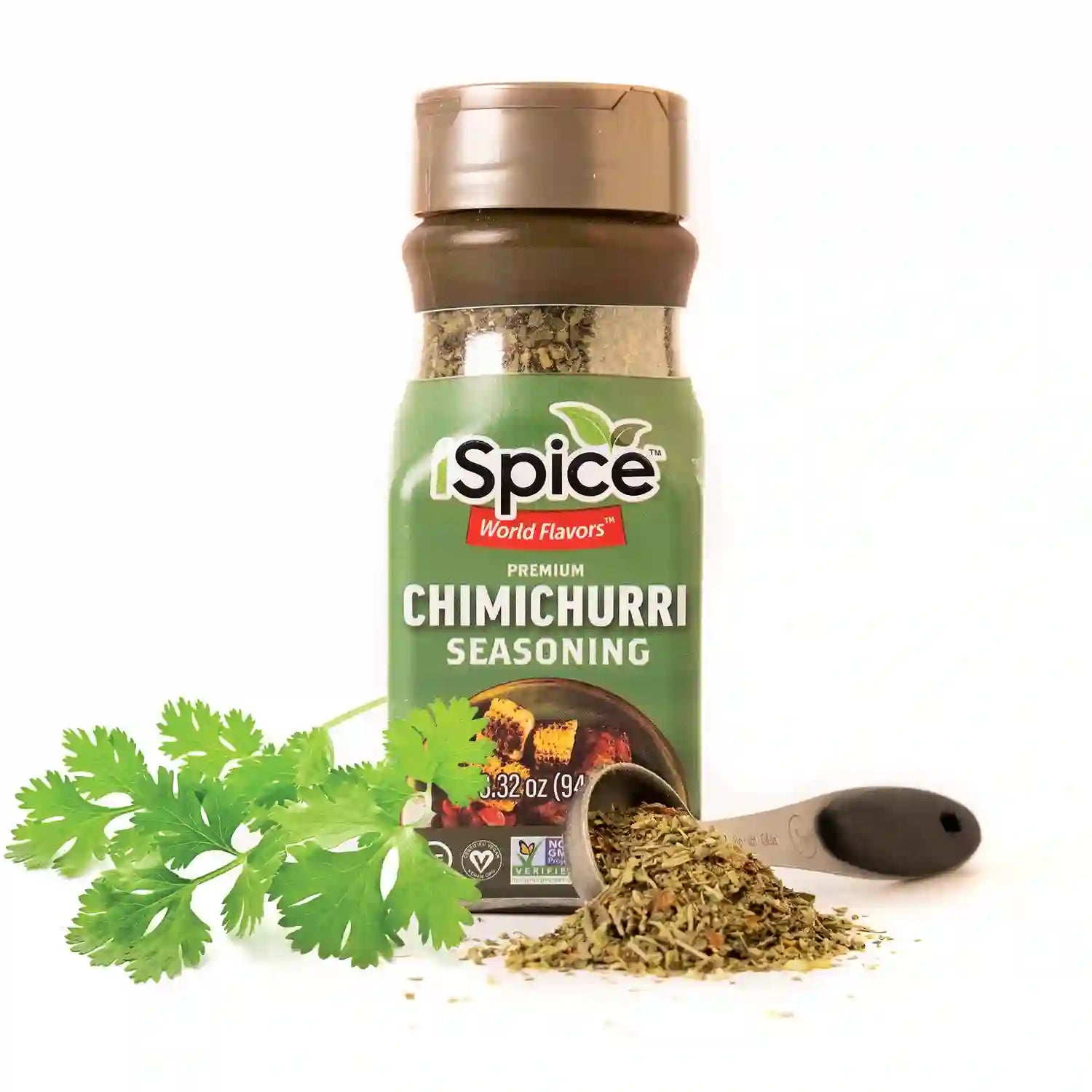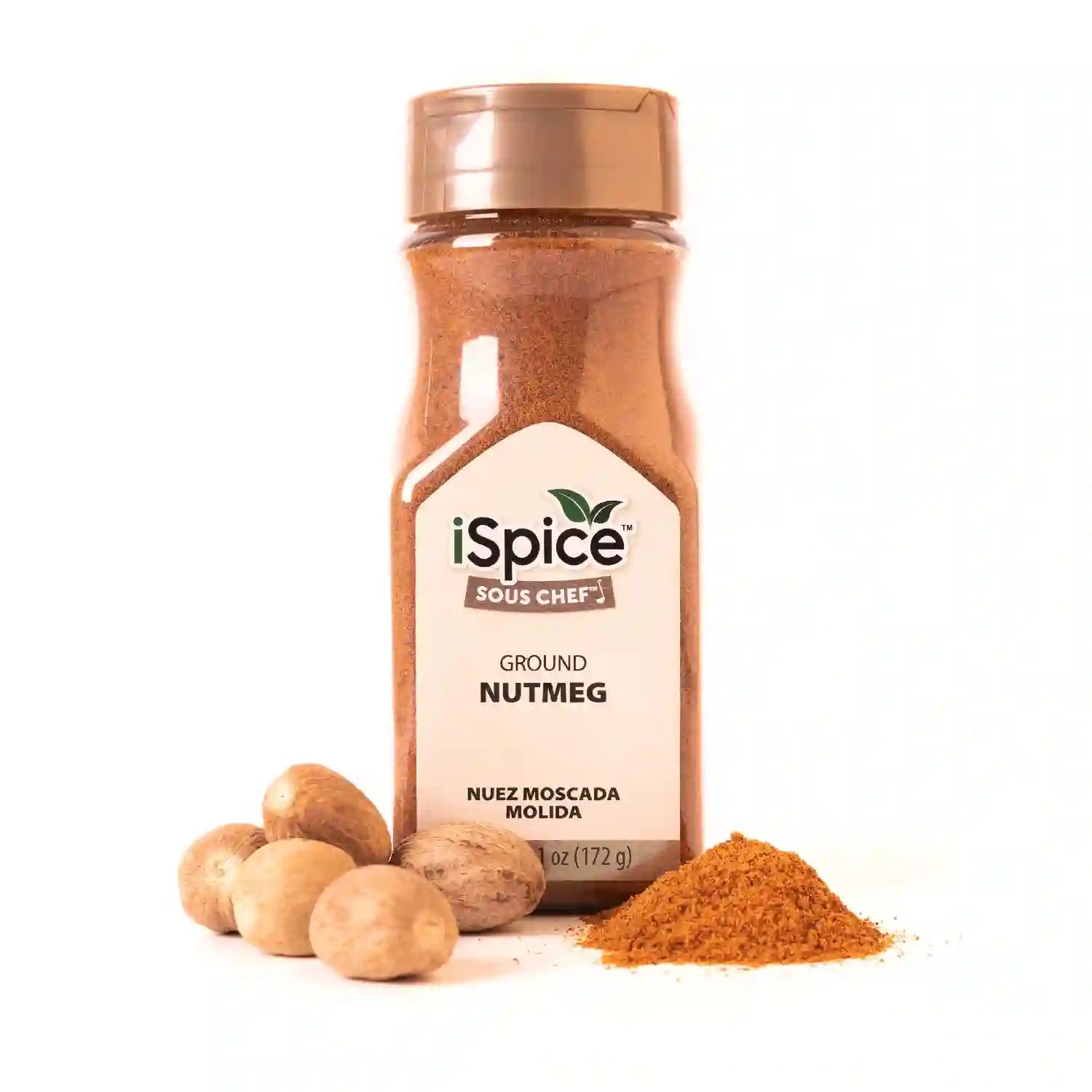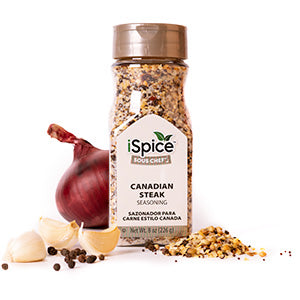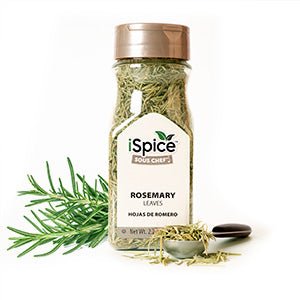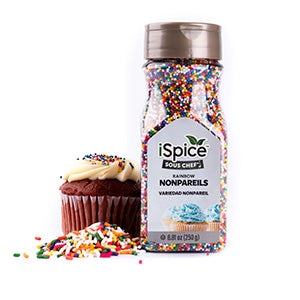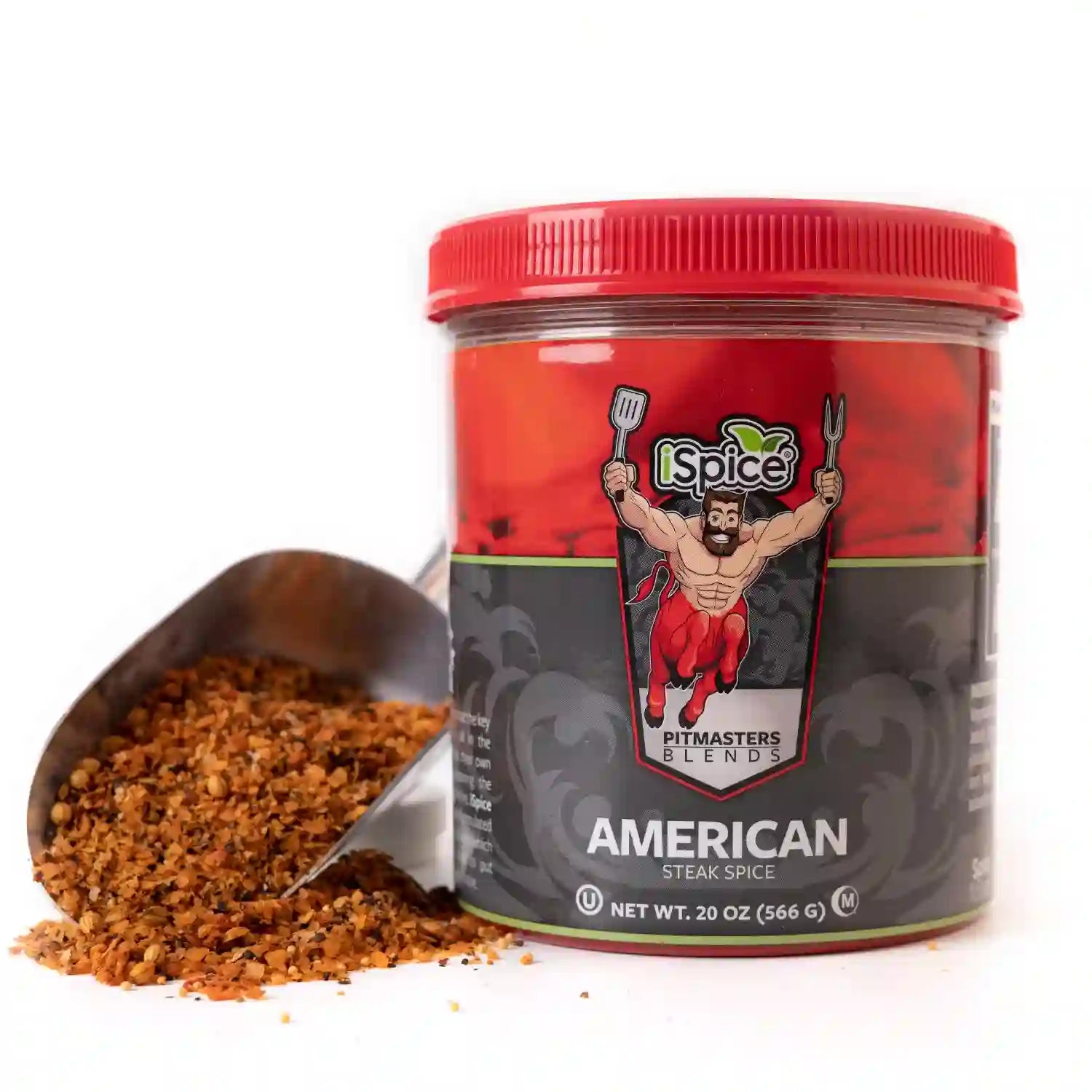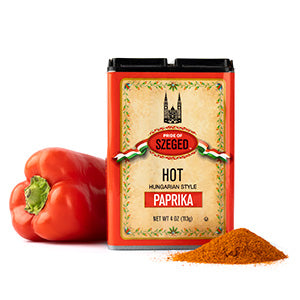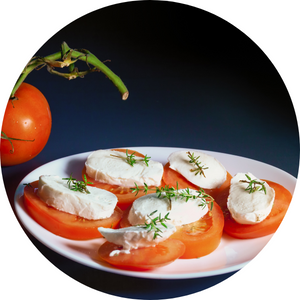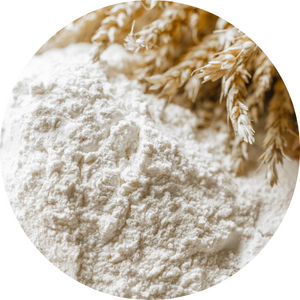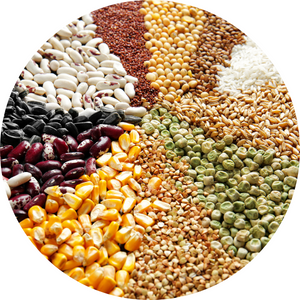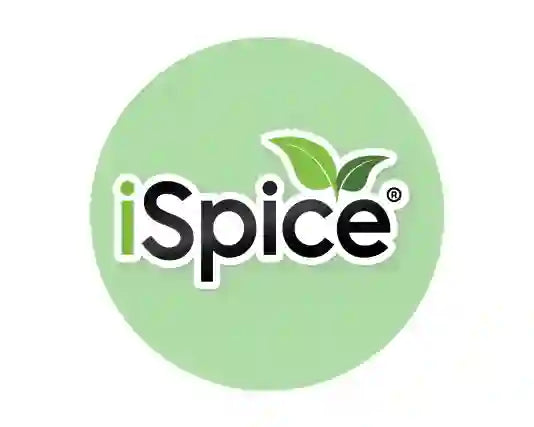
Hyssop is a fragrant, evergreen herb native to the Mediterranean region and parts of the Middle East. Known scientifically as Hyssopus officinalis, this herb has been prized for centuries for its strong aroma, herbal intensity, and versatility in both cooking and aromatics.
Its narrow green leaves and bright blue-purple flowers make it a beautiful addition to gardens, while its sharp, mint-like flavor brings depth and freshness to savory dishes, teas, and herbal blends.
The Origin and Characteristics of Hyssop
Hyssop belongs to the mint family (Lamiaceae), which also includes herbs like thyme, oregano, and sage. Traditionally used in Mediterranean and Middle Eastern cuisines, it thrives in warm, dry climates and produces tiny blossoms rich in essential oils.
Key characteristics:
-
Botanical name: Hyssopus officinalis
-
Flavor: Minty, slightly bitter, with floral and camphor notes
-
Aroma: Strong, herbaceous, and uplifting
-
Common forms: Fresh leaves, dried herbs, or essential oil
The Flavor Profile of Hyssop
Hyssop’s flavor sits somewhere between mint and sage, with a bold herbal sharpness that’s slightly sweet and bitter at once. When used carefully, it adds depth and brightness to recipes that need a touch of herbal complexity.
Tasting notes:
-
Minty and cooling
-
Slightly floral and peppery
-
Earthy undertone similar to oregano
Because of its potency, hyssop should be used in moderation—too much can easily overpower milder ingredients.
Culinary Uses of Hyssop
While not as common as thyme or rosemary, hyssop offers distinctive flavor opportunities for creative cooks and spice enthusiasts.
1. Seasoning for Meat and Poultry
Use a light sprinkle of dried hyssop in marinades or rubs for lamb, chicken, or beef. It pairs beautifully with garlic, lemon, and olive oil.
2. Soups and Stews
Add a small amount toward the end of cooking to give vegetable or bean soups an aromatic boost similar to thyme or savory.
3. Roasted Vegetables
Combine hyssop with olive oil and sea salt to season root vegetables, potatoes, or eggplant.
4. Herbal Teas and Infusions
Dried hyssop leaves steeped in hot water create a refreshing, minty tea often blended with chamomile or lemon balm.
5. Bread and Baked Goods
Mediterranean bakers occasionally include ground hyssop in flatbreads and savory pastries for extra fragrance.
6. Spice Blends
Hyssop is a traditional ingredient in Za’atar, the Middle Eastern blend of herbs, sesame, and sumac. It’s often combined with thyme, marjoram, or oregano to enhance complexity.
How to Use and Store Hyssop
-
Start small: Use about half the amount you would for thyme or oregano.
-
Add late: High heat can dull its aromatic oils; add during the last few minutes of cooking.
-
Pair wisely: Works well with citrus, honey, olive oil, and other Mediterranean flavors.
-
Storage: Keep dried hyssop in an airtight jar away from sunlight for up to six months. Fresh hyssop can be refrigerated for about a week.
Pairing Hyssop with Other Ingredients
Best flavor partners:
-
Herbs: Thyme, oregano, sage, and basil
-
Spices: Cumin, coriander, or black pepper
-
Proteins: Lamb, poultry, lentils, and fish
-
Vegetables: Tomato, eggplant, carrots, and peppers
-
Accents: Honey, lemon, or vinegar for balance
Frequently Asked Questions About Hyssop
1. What does hyssop taste like?
Hyssop has a bold, minty, slightly bitter flavor with floral and earthy undertones, similar to a mix of thyme and sage.
2. How do you use hyssop in cooking?
It’s used sparingly to season meats, soups, stews, or roasted vegetables and is also steeped in herbal teas.
3. Is hyssop the same as oregano or thyme?
No, but they share a similar herbal intensity. Hyssop is stronger and more aromatic than either thyme or oregano.
4. Can I substitute hyssop for other herbs?
Yes, use it in place of thyme or savory—but reduce the amount since it’s more potent.
5. What cuisines use hyssop most commonly?
It’s popular in Mediterranean and Middle Eastern cooking and is often found in regional blends like Za’atar.
6. Where can I buy hyssop?
You can find dried hyssop in specialty spice shops, herbal markets, or online from suppliers that carry Mediterranean herbs.
Final Thoughts
Hyssop is a fascinating herb that bridges culinary and aromatic traditions. Its bold, minty-floral flavor can transform simple dishes into vibrant, herb-infused creations when used with care. Whether added to teas, spice blends, or roasted vegetables, hyssop brings a touch of Mediterranean authenticity and fragrance to the modern kitchen—a reminder that even ancient herbs still have a place in today’s global flavors.

